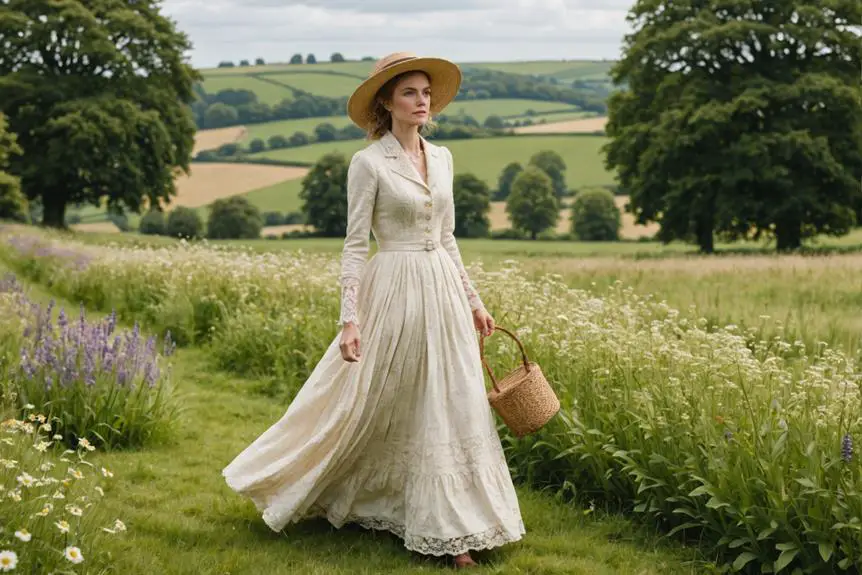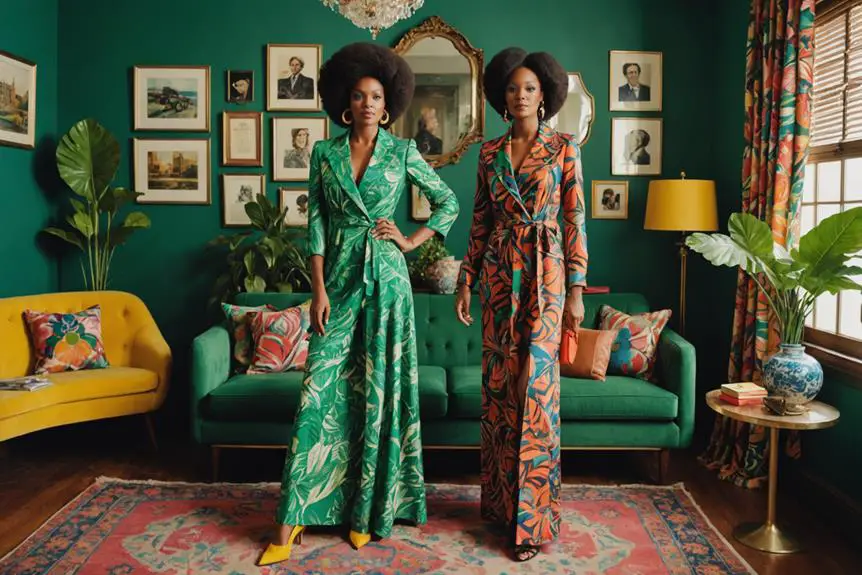The rise of vintage fashion in Japan has led to the creation of new platforms and events, highlighting the significance of craftsmanship and collectible pieces.
In recent years, vintage fashion has gained significant traction in Japan, culminating in the establishment of multiple platforms and events dedicated to the appreciation of vintage goods. Among the key figures in this burgeoning scene is the founder of the select vintage shop “Grimoire,” who, after its launch in 2008, expanded his vision by creating the vintage general platform VCM (@vcm_vintagecollectionmall) in 2021. The platform has since become known for hosting one of Japan’s largest vintage festivals, the “VCM VINTAGE MARKET,” alongside several other ventures, including market-style shops and specialized stores focusing on luxury brands.
In October 2023, this fashion entrepreneur published his first book, “Vintage Collectables by VCM,” which outlines various activities centered around vintage goods, providing a space to connect vintage shops with fans across the country and to share valuable information in the industry. The increasing popularity of vintage clothing has led to many second-hand pieces seeing dramatic increases in value, often priced in the tens of millions of yen, raising questions about accessibility within this niche market.
As part of an ongoing project, the founder introduces “must-buy vintage for Reiwa” items in a serial format every Friday. The 39th installment of this series features a leather swing top by Polo Ralph Lauren, illustrating the brand’s strength in vintage appeal. This model is recognized for its versatility and casual elegance, originally designed as rainwear for sports but later adapted with the luxury of leather.
Ralph Lauren’s leather swing tops are predominantly manufactured in China, although some pieces originate from Portugal. The black swing top detailed in this installment has a red lining and is noted to be made in China, while another variant featuring a black lining hails from Portugal. The contributor shares insights based on experience, suggesting that Portuguese-made items often use smoother and higher-quality leather.
Highlighting the lesser-known but significant role of Portugal in leather production, it is noted that the country leveraged its labor force to cultivate a flourishing shoe manufacturing industry—an endeavor that subsequently enhanced its reputation for leather goods. Key factors include the country’s experienced craftsmanship and the historical context of its post-World War II economic landscape, which allowed for competitive labor costs.
The narrative around Ralph Lauren’s designs includes the fascination with the “ponyless” versions of his clothing. Many of the vintage pieces spotlighted lack the recognizable pony embroidery—these designs, often regarded as rare, have gained traction among collectors. The appeal of “ponyless” items lies in their wide-ranging styling potential, making them attractive for various fashion expressions.
The black leather swing top featured in this article is part of the contributor’s personal collection, while other pieces were sourced from BIG APPLE STORE, a prominent vintage shop in Yutenji known for its extensive Ralph Lauren selection. Prices for these leather swing tops are currently hovering around 50,000 to 100,000 yen, identifying them as reasonably accessible in the market, particularly for lovers of vintage fashion.
As fashion enthusiasts continue to explore the allure of vintage, events like the VCM VINTAGE MARKET and platforms like VCM appear to play pivotal roles in nurturing this growing community and sustaining the dialogue surrounding the value and craftsmanship of vintage fashion.
Source: Noah Wire Services




